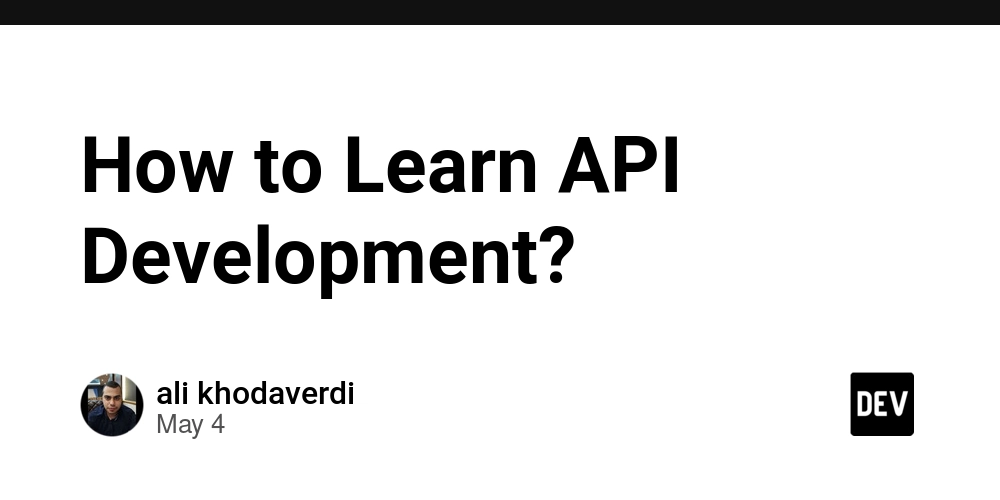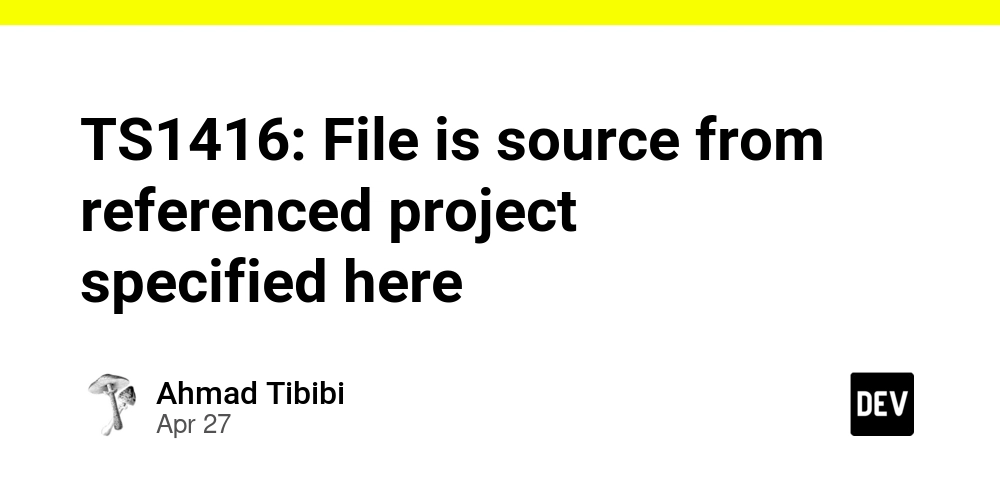The Future of AI: Are We Hitting the Limits of Scaling Laws?
In recent years, AI has taken a giant leap forward, especially with large language models (LLMs). The trend has been clear: bigger models, more data, and increased computing power lead to better performance. But are we reaching the end of this scaling journey? In this article, we explore the scaling laws debate and what it means for the future of AI. Key Takeaways Scaling laws have driven AI improvements, but limits may be approaching. Larger models require more data and compute, but diminishing returns are a concern. New paradigms in AI, like reasoning models, may redefine scaling. The Rise of Large Language Models The journey of LLMs began with OpenAI's release of GPT-2 in 2019, which had 1.5 billion parameters. Then came GPT-3, a game-changer with over 100 times the parameters of its predecessor. This marked the start of the scaling laws era, where increasing model size, data, and compute power led to significant performance gains. Before GPT-3, the AI community was unsure if simply making models larger would yield proportional improvements. The influential paper on scaling laws by Jared Kaplan and his team in early 2020 changed that. They showed that performance improves consistently with scale, suggesting that the size of the model, the amount of data, and the compute power are all crucial ingredients in the recipe for success. Understanding Scaling Laws Scaling laws can be thought of as a recipe for training AI models. Here are the three main ingredients: Model Size: More parameters mean more internal values to tweak for better predictions. Data: Models need vast amounts of data, often measured in tokens (words or parts of words). Compute Power: Training larger models requires more GPUs and energy. The scaling laws revealed that increasing all three ingredients leads to a smooth improvement in model performance. This principle has been confirmed across various types of models, including text-to-image and even math models. The Chinchilla Breakthrough In 2022, Google DeepMind introduced a new perspective on scaling laws with their research on Chinchilla. They found that it’s not just about making models bigger; it’s also about training them on enough data. Chinchilla, which was less than half the size of GPT-3, was trained on four times more data and outperformed models much larger than itself. This highlighted that optimal training involves both model size and data quantity. Are We Hitting a Wall? Despite the successes, there’s growing concern in the AI community that we might be reaching the limits of scaling laws. Some researchers argue that as models grow larger and more expensive, the improvements in capabilities are starting to plateau. Recent discussions have pointed to: Diminishing Returns: The latest models are not showing the expected intelligence improvements. Data Bottlenecks: There’s a worry that we might run out of high-quality data to train new models. A New Paradigm for AI If the traditional scaling laws are losing their edge, what comes next? OpenAI's new class of reasoning models hints at a potential shift. These models, like 01 and its successor 03, focus on how long they can think through complex problems. The longer they think, the better they perform. 03 has made headlines by smashing benchmarks in various fields, from software engineering to advanced science questions. This suggests that instead of just scaling model size, researchers might focus on scaling the compute available during the model's reasoning process. This approach could unlock capabilities we never thought possible. The Road Ahead Large language models are just one piece of the puzzle in the quest for artificial general intelligence. The principles of scaling also apply to other models, including those for image processing and robotics. While we may be in the midgame for LLMs, the early game for scaling other modalities is just beginning. As we look to the future, it’s clear that the conversation around scaling laws is evolving. The AI community is buzzing with ideas, and who knows what breakthroughs are just around the corner? Buckle up; the journey is far from over!

In recent years, AI has taken a giant leap forward, especially with large language models (LLMs). The trend has been clear: bigger models, more data, and increased computing power lead to better performance. But are we reaching the end of this scaling journey? In this article, we explore the scaling laws debate and what it means for the future of AI.
Key Takeaways
- Scaling laws have driven AI improvements, but limits may be approaching.
- Larger models require more data and compute, but diminishing returns are a concern.
- New paradigms in AI, like reasoning models, may redefine scaling.
The Rise of Large Language Models
The journey of LLMs began with OpenAI's release of GPT-2 in 2019, which had 1.5 billion parameters. Then came GPT-3, a game-changer with over 100 times the parameters of its predecessor. This marked the start of the scaling laws era, where increasing model size, data, and compute power led to significant performance gains.
Before GPT-3, the AI community was unsure if simply making models larger would yield proportional improvements. The influential paper on scaling laws by Jared Kaplan and his team in early 2020 changed that. They showed that performance improves consistently with scale, suggesting that the size of the model, the amount of data, and the compute power are all crucial ingredients in the recipe for success.
Understanding Scaling Laws
Scaling laws can be thought of as a recipe for training AI models. Here are the three main ingredients:
- Model Size: More parameters mean more internal values to tweak for better predictions.
- Data: Models need vast amounts of data, often measured in tokens (words or parts of words).
- Compute Power: Training larger models requires more GPUs and energy.
The scaling laws revealed that increasing all three ingredients leads to a smooth improvement in model performance. This principle has been confirmed across various types of models, including text-to-image and even math models.
The Chinchilla Breakthrough
In 2022, Google DeepMind introduced a new perspective on scaling laws with their research on Chinchilla. They found that it’s not just about making models bigger; it’s also about training them on enough data. Chinchilla, which was less than half the size of GPT-3, was trained on four times more data and outperformed models much larger than itself. This highlighted that optimal training involves both model size and data quantity.
Are We Hitting a Wall?
Despite the successes, there’s growing concern in the AI community that we might be reaching the limits of scaling laws. Some researchers argue that as models grow larger and more expensive, the improvements in capabilities are starting to plateau. Recent discussions have pointed to:
- Diminishing Returns: The latest models are not showing the expected intelligence improvements.
- Data Bottlenecks: There’s a worry that we might run out of high-quality data to train new models.
A New Paradigm for AI
If the traditional scaling laws are losing their edge, what comes next? OpenAI's new class of reasoning models hints at a potential shift. These models, like 01 and its successor 03, focus on how long they can think through complex problems. The longer they think, the better they perform.
03 has made headlines by smashing benchmarks in various fields, from software engineering to advanced science questions. This suggests that instead of just scaling model size, researchers might focus on scaling the compute available during the model's reasoning process. This approach could unlock capabilities we never thought possible.
The Road Ahead
Large language models are just one piece of the puzzle in the quest for artificial general intelligence. The principles of scaling also apply to other models, including those for image processing and robotics. While we may be in the midgame for LLMs, the early game for scaling other modalities is just beginning.
As we look to the future, it’s clear that the conversation around scaling laws is evolving. The AI community is buzzing with ideas, and who knows what breakthroughs are just around the corner? Buckle up; the journey is far from over!






































































































































































![[The AI Show Episode 145]: OpenAI Releases o3 and o4-mini, AI Is Causing “Quiet Layoffs,” Executive Order on Youth AI Education & GPT-4o’s Controversial Update](https://www.marketingaiinstitute.com/hubfs/ep%20145%20cover.png)



























































































































![[DEALS] Microsoft 365: 1-Year Subscription (Family/Up to 6 Users) (23% off) & Other Deals Up To 98% Off – Offers End Soon!](https://www.javacodegeeks.com/wp-content/uploads/2012/12/jcg-logo.jpg)




![From Art School Drop-out to Microsoft Engineer with Shashi Lo [Podcast #170]](https://cdn.hashnode.com/res/hashnode/image/upload/v1746203291209/439bf16b-c820-4fe8-b69e-94d80533b2df.png?#)








































































































(1).jpg?#)































_Inge_Johnsson-Alamy.jpg?width=1280&auto=webp&quality=80&disable=upscale#)












































































































![Apple to Split iPhone Launches Across Fall and Spring in Major Shakeup [Report]](https://www.iclarified.com/images/news/97211/97211/97211-640.jpg)
![Apple to Move Camera to Top Left, Hide Face ID Under Display in iPhone 18 Pro Redesign [Report]](https://www.iclarified.com/images/news/97212/97212/97212-640.jpg)
![Apple Developing Battery Case for iPhone 17 Air Amid Battery Life Concerns [Report]](https://www.iclarified.com/images/news/97208/97208/97208-640.jpg)
![AirPods 4 On Sale for $99 [Lowest Price Ever]](https://www.iclarified.com/images/news/97206/97206/97206-640.jpg)

































![[Updated] Samsung’s 65-inch 4K Smart TV Just Crashed to $299 — That’s Cheaper Than an iPad](https://www.androidheadlines.com/wp-content/uploads/2025/05/samsung-du7200.jpg)


































































